Don't miss our holiday offer - up to 50% OFF!
Erdanib 5 mg (Erdafitinib)
Erdanib 5 mg containing Erdafitinib as an active component is an oral targeted cancer remedy used in the treatment of certain aggressive cancers. It belongs to the class of medicines known as fibroblast growth factor receptor (FGFR) impediments and has gained elevation as a substantiated care option for those cases whose excrescence harbors certain inheritable mutations. Its medium of action, efficacity, and safety profile make it a precious remedial choice in oncology, particularly in urothelial melanoma and other cancers that retain mutations or mixtures of FGFR.
Below is a summary of Erdanib 5 mg, including its composition, suggestions, medium of action, lozenge, side effects, preventives, and niche in the treatment of cancer.
Composition and Formulation
General name: Erdafitinib
Brand name coequals: Generally traded under brand names similar as Balversa in some requests
Strength: 5 mg Erdafitinib per tablet
Lozenge form: Oral tablet, film- carpeted
Remedial class: FGFR asset, targeted anticancer agent
Erdanib tablets are also generally packaged in fester packs or bottles, for easy oral dosing with regular dosing.
Mechanism of Action
Cancer cells generally calculate on dysregulated signaling pathways for measureless growth and survival. One of them comprises the FGFR family of receptors. Cancer can be convinced by mutations, amplifications, or mixtures of FGFR genes in FGFR2 and FGFR3 more constantly.
Erdafitinib workshop by:
Inhibiting FGFR function – It’s a picky FGFR1, FGFR2, FGFR3, and FGFR4 kinase asset that prevents downstream signaling towards excrescence growth.
Suppressing cell proliferation – By inhibiting the FGFR pathway, Erdanib reduces the proliferative eventuality of cancer cells.
Driving apoptosis in cancer cells – In excrescences with high reliance on FGFR signaling, inhibition can spark apoptosis or cell death.
By this targeted action, Erdanib can particularly target cancers with FGFR differences, a further personalized treatment compared to traditional chemotherapy.
Medical Indications
Erdanib 5 mg is primarily indicated for:
Urothelial Melanoma (Bladder Cancer)
Approved for the treatment of adult cases with metastatic or locally advanced urothelial melanoma that harbors susceptible FGFR2 or FGFR3 inheritable differences.
Routinely indicated for cases whose complaint has progressed during or after chemotherapy (including platinum- containing rules) or immunotherapy.
Other Investigational Uses:
Clinical trials are being conducted to estimate Erdanib in cancers similar as cholangiocarcinoma, glioblastoma, andnon-small cell lung cancer (NSCLC) with FGFR mutations.
It’s also being delved in confluence with other anticancer treatments to enhance treatment issues.
Dosage and Administration
Starting dose The starting dose of 8 mg once a day orally is generally employed, which can be titrated grounded on case forbearance and clinical response.
Cure escalation. In the case of forbearance to the medicine, the dose may be increased to 9 mg a day.
Erdanib 5 mg tablets. These can be used for titration in care, especially in cases that can not tolerate increased boluses or accretive escalation.
Administration
Oral, with or without food.
Taken whole with water, but not crushed or masticated.
Supervision of serum phosphate on a regular base is necessary since increase in phosphate situations is reflective of target engagement.
Important note: Cases must be screened for FGFR inheritable mutations before treatment is started because Erdanib acts only in mutation-positive excrescences.
Side Effects
Analogous to all anticancer specifics, Erdanib can have side effects. Side effects are:
Optical diseases
Central serous retinopathy (CSR) or retinal color epithelial detachment (RPED)
Dry eye, blurred vision, or revision in vision
Routine ophthalmologic examination should be performed on cases during remedy
Metabolic effects
Hyperphosphatemia (elevated phosphate) is veritably frequent as a result of FGFR inhibition
Requires monitoring and sometimes cure adaptation
Gastrointestinal Symptoms
Stomatitis (mouth ulcers)
Diarrhea
Appetite loss and weight loss
Skin and Nail effects
Hand- bottom skin response
Nail changes similar as onycholysis or fineness
Other frequent responses
Fatigue
Dry skin
Abnormal liver enzymes
Most side effects are manageable with probative remedy, cure adaptation, or interruptions.
Precautions and Warnings
Careful medical monitoring is to be observed in Erdanib 5 mg- treated cases. The crucial preventives are
FGFR revision Testing Treatment is indicated only in established FGFR mutation- or emulsion-positive cases.
Ophthalmologic Monitoring birth and regular eye examinations are needed to descry early retinal adverse effects.
Phosphate Monitoring Regular blood monitoring to check serum phosphate situations is needed.
Gestation and Breastfeeding Erdanib can lead to fetal damage; use during gestation or lactation not recommended.
Medicine relations Strong CYP2C9 or CYP3A4 impediments corrupters should be used with caution since they’re able of altering Erdafitinib metabolism.
Hepatic and Renal Impairment. Cure adaptation may be needed grounded on liver or order impairment.
Clinical Effectiveness
Clinical trials have established the effectiveness of Erdafitinib in cases with FGFR- shifted urothelial melanoma
The BLC2001 trial showed an overall response rate (ORR) of roughly 40, with durable responses in a subset of cases.
Responses were best in the cases that werenon-responsive to vulnerable checkpoint impediments or chemotherapy.
Progression-free survival (PFS) and overall survival (zilches) rates were bettered compared to current treatment in mutation-positive cases.
These results bring Erdanib to the limelight as a remedy of stopgap in a subset of cancer cases with limited other options.
Storage and Handling
Store at room temperature (15 – 30 °C).
Avoid wettish areas, sun, and children’s reach.
Don’t use if package is open or tablets have passed their expiration date.
Conclusion
Erdanib 5 mg (Erdafitinib) is a significant advance in perfection drug by targeting FGFR inheritable abnormalities in excrescences. As an oral FGFR asset, it’s an excellent option for cases with advanced urothelial melanoma who are out of other druthers. While it has pitfalls as optical and metabolic adverse effects, careful monitoring and probative treatment can guarantee optimal benefit from the treatment.
By acclimatizing the treatment to the inheritable makeup of the excrescence, Erdanib 5 mg points to the shift towards substantiated drug in cancer remedy, offering stopgap to cases with little additional available.

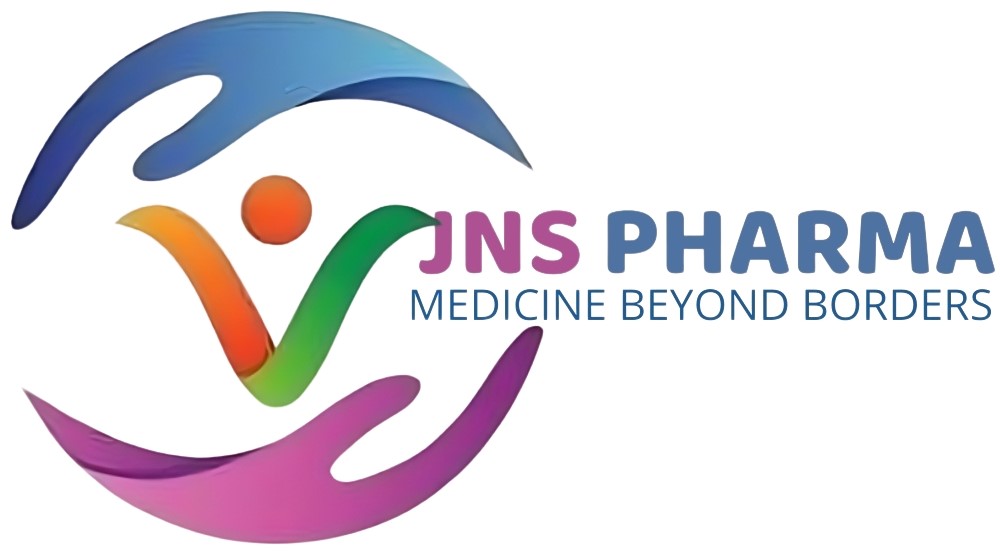
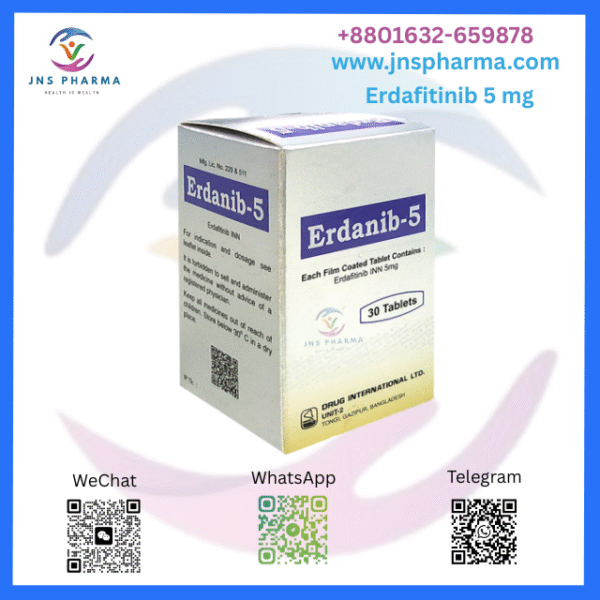
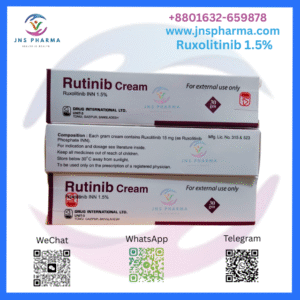
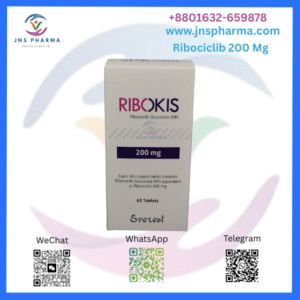
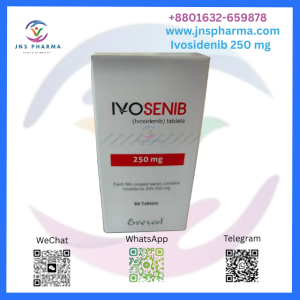
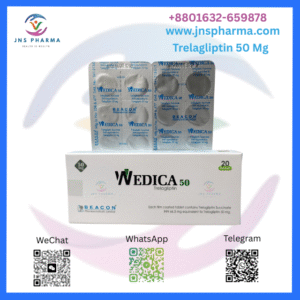
Reviews
There are no reviews yet.